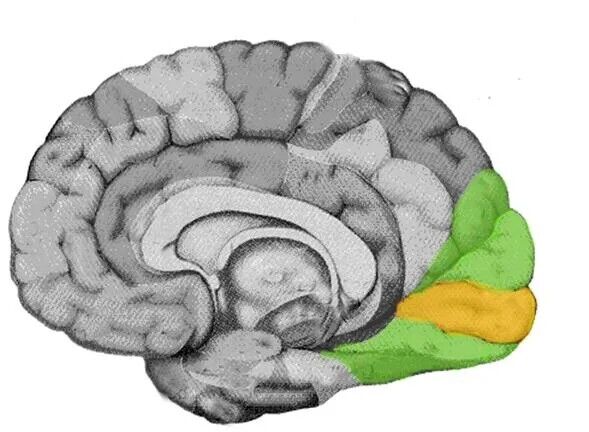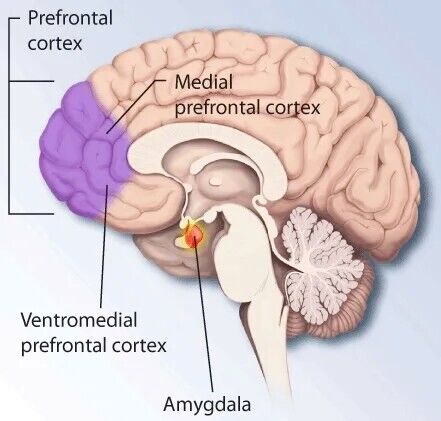How Do You See Pictures in Your Brain?

Scientists are currently investigating how your brain can visualize scenarios without using your eyes for input. For instance, imagine a tied soccer match about to be decided by penalty kicks. Can you visualize this scene in vivid detail with colors and sounds?
The Brain and Mental Imagery
Mental imagery involves visualizing scenarios in your mind without actual physical stimuli. When you think of best friends, you can picture their faces. Anticipating a vacation, you might see yourself on a sunny beach. The same goes for a soccer penalty kick, where you might even perceive the crowd's roar and the smell of the turf.
Researchers posit that your primary visual cortex at the back of your brain is crucial for this internal imagery, given its role in processing external visual information. Additionally, the prefrontal cortex at the brain's front is vital for executive functions like planning, which are partially tied to one’s ability to visualize mentally.


Experiencing and Remembering
Your brain utilizes the same regions when you're visualizing an event as it does while experiencing it. For example, vivid memories like the sight of the Grand Canyon are stored across various brain areas. Later, triggers like a specific smell or sound can prompt the brain cells responsible for that memory to re-fire, presenting an image as clear as the day you first saw it.
Benefits of Mental Imagery

The capacity for mental visualization holds numerous advantages. Athletically, visualizing flawless routines, much like a gymnast before competition, can prime the brain for success and fortify confidence. Additionally, it accelerates skill acquisition, aiding professions like engineering and mechanics by allowing for virtual practice drills that alleviate physical stress. Visualization can also be an important tool in rehabilitating movement post-brain injury; many catch up with those utilizing imagery after extensive practice.
Nature-Nurture Interactions
Not everyone excels at mental visualizing naturally, but that's not a permanent setback. A combination of your unique brain structure and life experiences contributes to your visualization capabilities. For instance, London taxi drivers exhibit larger hippocampuses due to constantly mapping complex streets in their minds. Furthermore, simply watching someone engage in a physical task activates similar brain areas, providing similar benefits to personal visualization. Thus, viewing such activities in videos can also enhance your mental imagery skills.
By deploying these insights, even if you find mental visualization challenging, there are effective ways to improve and gain its benefits.
Earlier, SSP wrote that massive craters were found in Lake Michigan.



















